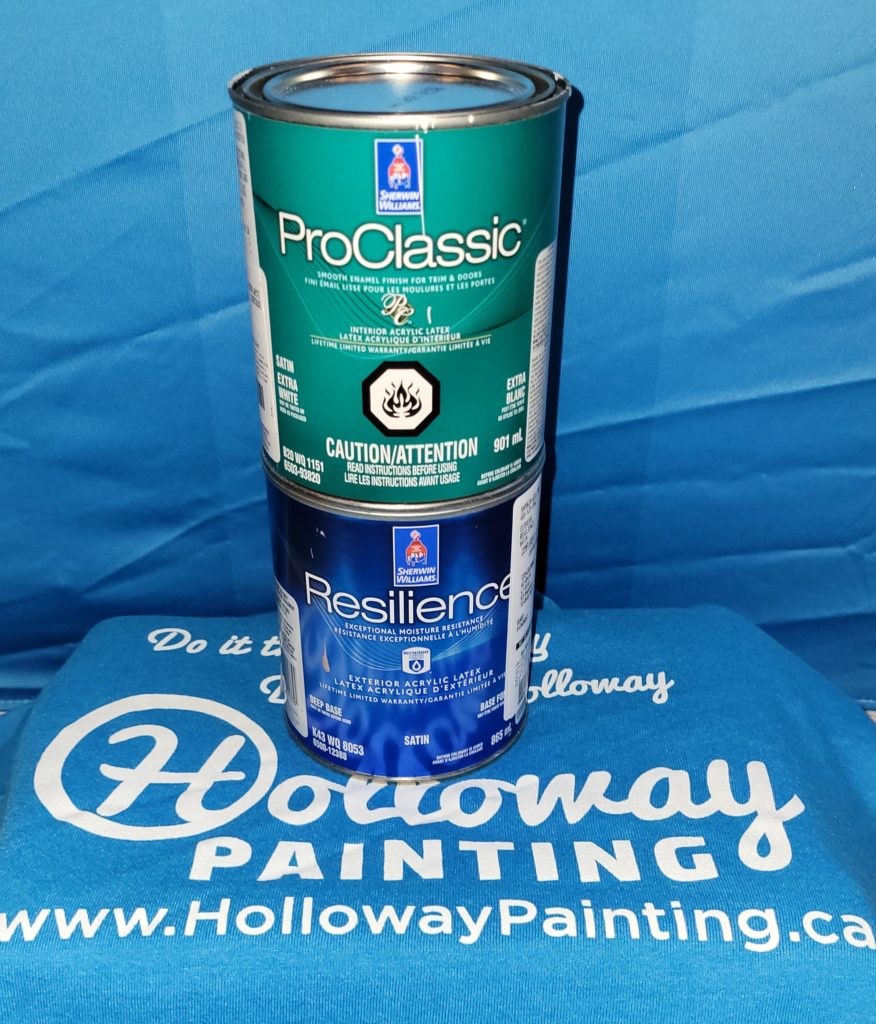No, exterior paint is not the same as interior paint. They have similar ingredients, however, the formula is what differentiates between the two products. For example, they use different binders, different pigments, and also different solvents to make up the two different paint formulas.
What is the difference between exterior paint & interior paint?
Exterior paint has more additives to help prevent fading due to sun exposure. Subsequently, there are also extra additives to prevent the growth of mold and mildew. Interior paint does not have the same pigments (that’s what helps the paint to bond to the substrates).
What makes up paint?
- Solvents – the liquid that suspends the pigments and binders allowing you to place the paint onto a surface.
- Additives – are the low-level ingredients that provide specific paint properties such as mildew resistance, deforming, good flow, and leveling.
- Pigments – are what provide the color and hide in a paint.
- Resin – are“binders” work to “bind” the pigments together creating a “film” and are key to the paint’s performance, adhesion, and dry time.
In addition, resins are added to increase the properties of the paint. Then, surfactants, viscosity, and biocides are added to complete the formula. Surfactants are what can make the paint more washable or scrubbable. Viscosity is the thickness of the paint which helps with flow and leveling. Lastly, biocides are the preservatives that are added to help to inhibit the growth of molds or mildew.
Can I use exterior paint inside?
Trusted professionals advise that exterior house paint colours should not be used as paint on the interior of your home. Unquestionably, interior paints will provide the necessary washability, durability, plus abrasion resistance that you may desire if you are painting high traffic areas.
What happens if you use exterior paint inside?
It is important to know exterior paint is designed for specific applications and can be used for the interior but works best on certain types of substrates like wood, Hardie board siding, concrete, and metal. An exterior product will typically be a more heavy-bodied paint, with a higher acrylic level that can withstand outdoor weather conditions. In short; exterior paints are made to be tough and last long outside, while interior paints are meant to apply evenly, lay flat, beautify and clean easily.
Now for our final tip from your friends at Holloway Painting, don’t use exterior paint for interior drywall if you can help it, it is completely unnecessary.

